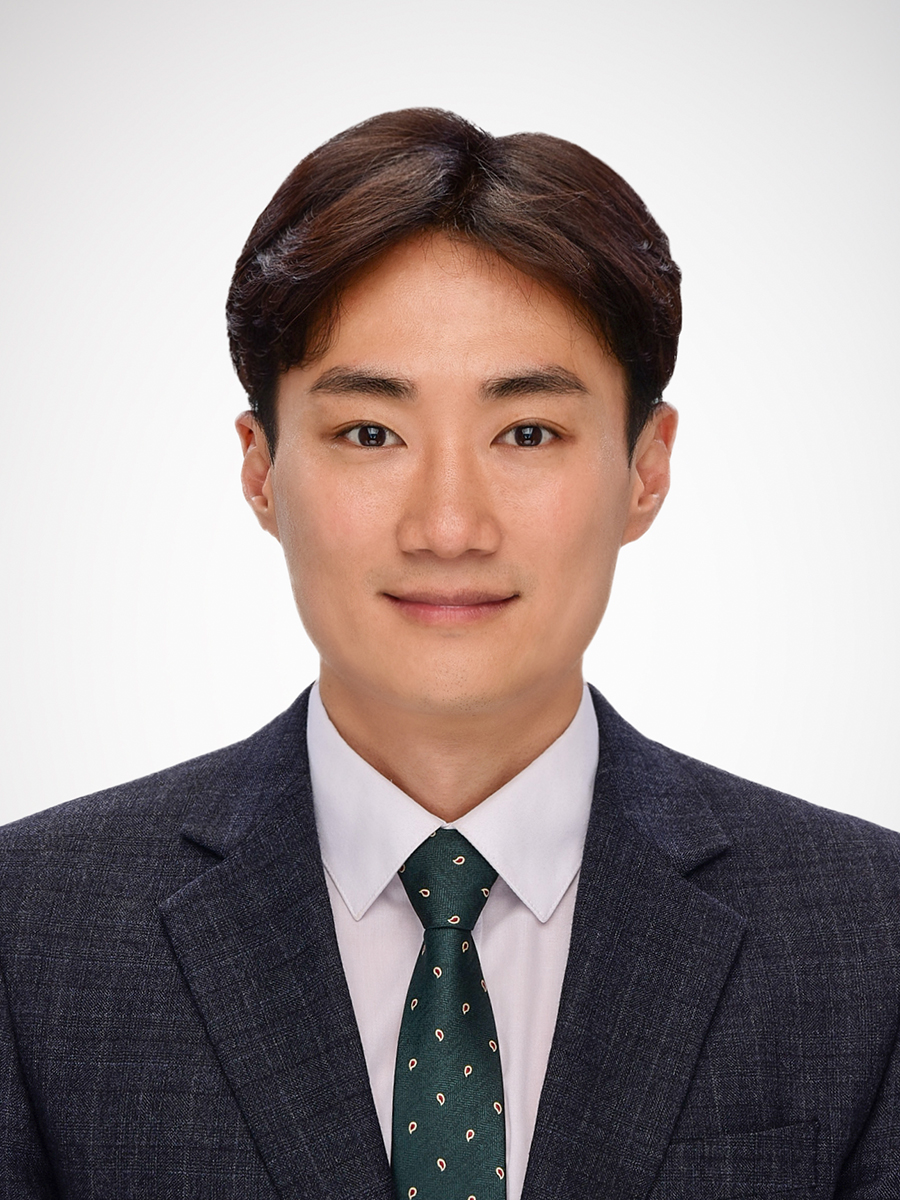연구/산학
PKNU Research 1000
| Eom Young-Ho | Developed the world's strongest self-healing new material | |||
| 작성자 | 대외협력과 | 작성일 | 2021-05-21 |
| 조회수 | 749 | ||
| Eom Young-Ho | Developed the world's strongest self-healing new material | |||||
 |
대외협력과 |  |
2021-05-21 |  |
749 |
Developed the world's strongest self-healing new material
Professor Eom Young-Ho
Researchers in Korea, including Pukyong National University, have developed the world's strongest self-healing new material and are attracting national media attention.
Yonhap News, YTN, Dong-A Science, and other national media reported on May 10th that the joint research team of Pukyong National University and the Korea Research Institute of Chemical Technology (KRICT) developed a new self-healing material with the world's strongest mechanical strength.
Professor Eom Young-Ho of the Department of Polymer Engineering at Pukyong National University (photo, left) and his research team conducted joint research with Oh Dong-Yeop, Park Je-Young, and Hwang Seong-Yeon, who are from a research team from the Korea Research Institute of Chemical Technology. Together they developed a material that is as tough as a shoe outsole while having self-healing capabilities that recovers itself even if it is cut at room temperature.
Self-healing material refers to an intelligent material that allows polymers damaged by the external environment to detect defects independently, restore their structure, and return to their original functions. The material developed this time was found to have the highest mechanical strength among the self-healing materials developed so far.
The research team succeeded in developing it using a special carbonate compound in the basic build of thermoplastic polyurethane, an existing commercial material. When an external force impacts it, the material's molecular bonds become solid in an instant and turn into a hard crystal so that it protects itself from impact. After impact, it returns to a soft state in which molecules are free to move and recovers the damage by itself.
Existing self-healing materials have a limitation in that the tensile strength is weak because they use a soft material to move molecules freely. The newly developed material is found to have a tensile strength of 43 MPa or more, hardens between solid and jelly states depending on the strength of external pressure, controls the absorption of shock, and recovers damage by itself. It is 6 times better than the material developed by the research team in 2018 and 20~30MPa stronger than the material developed by the University of Tokyo or the Institute of Physical and Chemical Research (RIKEN) in Japan.
As a result of analyzing the physical properties of this material, Prof. Eom Young-Ho's research team found that it was advantageous in molding into various shapes due to its low
The research results were published in the January issue of Nature Communications, an international academic journal.
연구진
엄영호 교수 eomyh@pknu.ac.kr
공과대학 고분자물성설계연구실